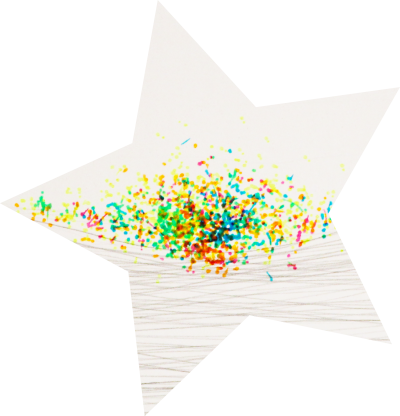Suspended matter
BackExcerpts of the lecture 'suspended matter' at the finnisage of Kati Kärki's and Hanne Lippard's exhibition Aberrations & Fieldnote workshop with Waag
Geomorphological fieldwork
Bettendorf (Luxembourg) was my ‘initiation’ into fieldwork. I'd spend all day digging soil profiles, in total more than 100; studying the vegetation; mapping the geomorphology – how the landscape is shaped by rain, wind, solifluction, slumps, tectonics, rivers; while staring at geological maps of the bedrock; to learn how all these processes and domains are interconnected.
Bushes and Gullies
Before the fieldwork, I actually knew few very plant names. The first day, looking at some green bushes, I thought: how will I ever be able to distinguish one species from one another? Especially when there turned out to be a million types of grasses and ferns. However, after carefully observing a plant and its characteristics once or twice, and attaching a Latin name to it, species started to crystallize out of the bushes, in my mind. I would, after five weeks, even when just peeing, not even see bushes anymore, but a wild cacaphony of species. After mapping the geomorphologic features that shaped the surface of our 6 km2 fieldwork area, I would see gullies everywhere, even when biking to the supermarket.
Creeping flow. Photograph by D.H. Peregrine, An album of fluid dynamics, Van Dyke.
Suspended opacities
As an Earth scientis, you carry around a magnifier at all times, to study the size and shapes of sand particles. During dinner, I used my magnifier to study the tablecloth and other objects, when accidentally I looked into a street light. My gaze got stuck, as the magnifier became filled with something I knew as Muscae Volitantes (latin for ‘flying flies’) but then extremely focused and in this case, not flying.
Muscae Volitantes can be seen when you just wake up and look into bright light. The ‘flies’ are in fact small particles suspended in the vitreous humour, a jelly liquid keeping the eyeball in shape. Floating around, they slowly follow the movement of the eye and cast a conic shadow on the retina, analogue to how the Earth casts a shadow on the moon during a lunar eclipse. While your brain is able to filter out blood vessels from your field of vision, thanks to their fixed position, 'flying flies' cannot be filtered out since they’re floating around in suspension.
Separation / Turbulent flow. Photograph by Thomas Corke and Hassan Nagib - An album of fluid dynamics, Van Dyke.
Suspended matter
When swimming against the current of the Sûre in my free time, I would have exactly enough power to stay on the same position relative to the shore. Sediments in suspension cannot resist the force of river, and quickly pass by. I am a particle that jumped into the river, yet the sandgrains passing by just ended up here, captured within a dance of forces, flowing along. Gully erosion, rock fall, creep, solifluction, processes recently engraved in the lens through which I now looked at the landscape, hollowing out the hills next to the Sûre, delivering sediments to be suspended.
Along the course of the river, particles are collected in drainage systems, while chemical and physical weathering breaks up rocks into smaller and smaller particles. Gravity pulls sediments towards the riverbed, since the density of a sand particle is higher than the density of the water. However, behind each particle, the flow of water is turbulent, exercising pressure into all directions, while the water in front of the particle is moving in one direction, creating a drag force that keeps the particle in suspension.
However, when the Sûre floods the valley, the water becomes quiet. The force to keep the grain into a downstream journey fades, and for decennia or maybe even millennia the particle is locked into a floodplain. Then it may be eroded into suspension again when the river is changing its' path.
Fieldnote Workshop with Waag. Photo: Florian Geerken
Fieldnote Workshop with Waag
Fieldnote Workshop with Waag
Next recommended article:
